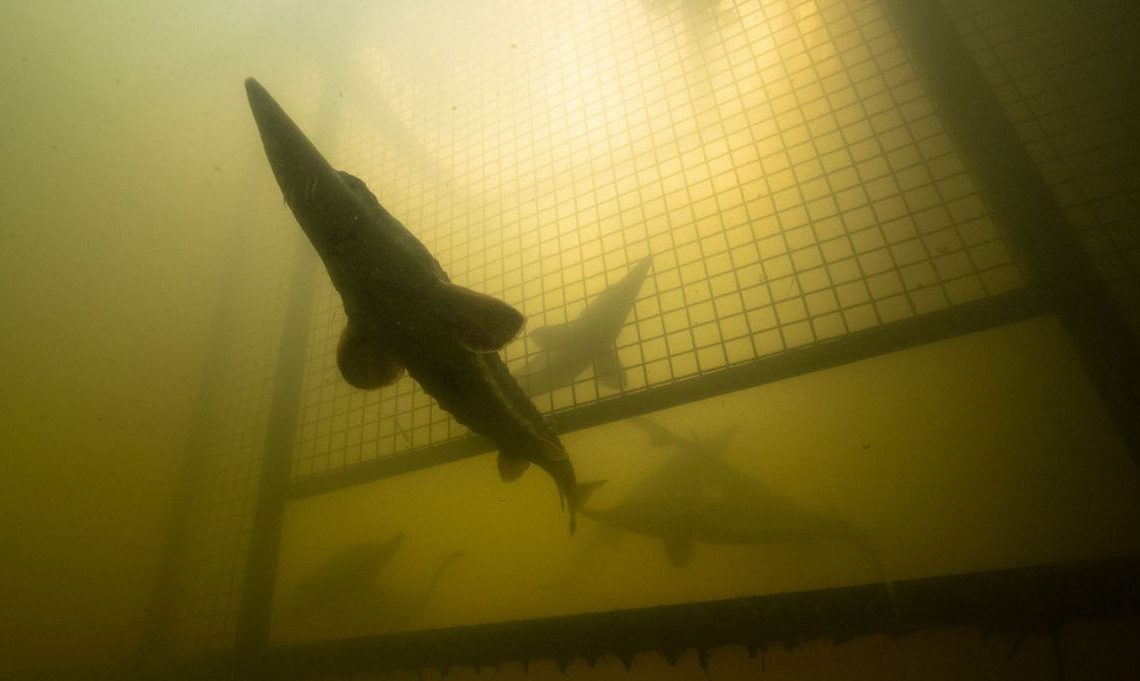
Spanish photographer Jon A Juarez has won the prestigious Rewilding Europe Award 2025 with his stunning image capturing the historic release of an Atlantic sturgeon in Sweden’s Gota River.
This powerful photo, captured on a Nikon Z8, not only marks the return of a species absent for over 120 years, but highlights the vital role that rewilding plays in restoring Europe’s natural landscapes.
Organized by the German Society for Nature Photography (GDT) as part of the European Wildlife Photographer of the Year competition, the Rewilding Europe Award highlights exceptional images that tell inspiring stories of wildlife recovery and coexistence.
Juarez’s photo, titled Comeback of the Atlantic Sturgeon, embodies hope for biodiversity as it documents a pioneering conservation effort by the Swedish Anglers Association.
With hundreds of entries from across Europe, the competition brought attention to remarkable projects – from urban wetlands in Romania to wolves roaming reclaimed landscapes in Germany. You can explore the stories behind the images on the GDT or Rewilding Europe websites.
Highlighted entries
Runner up
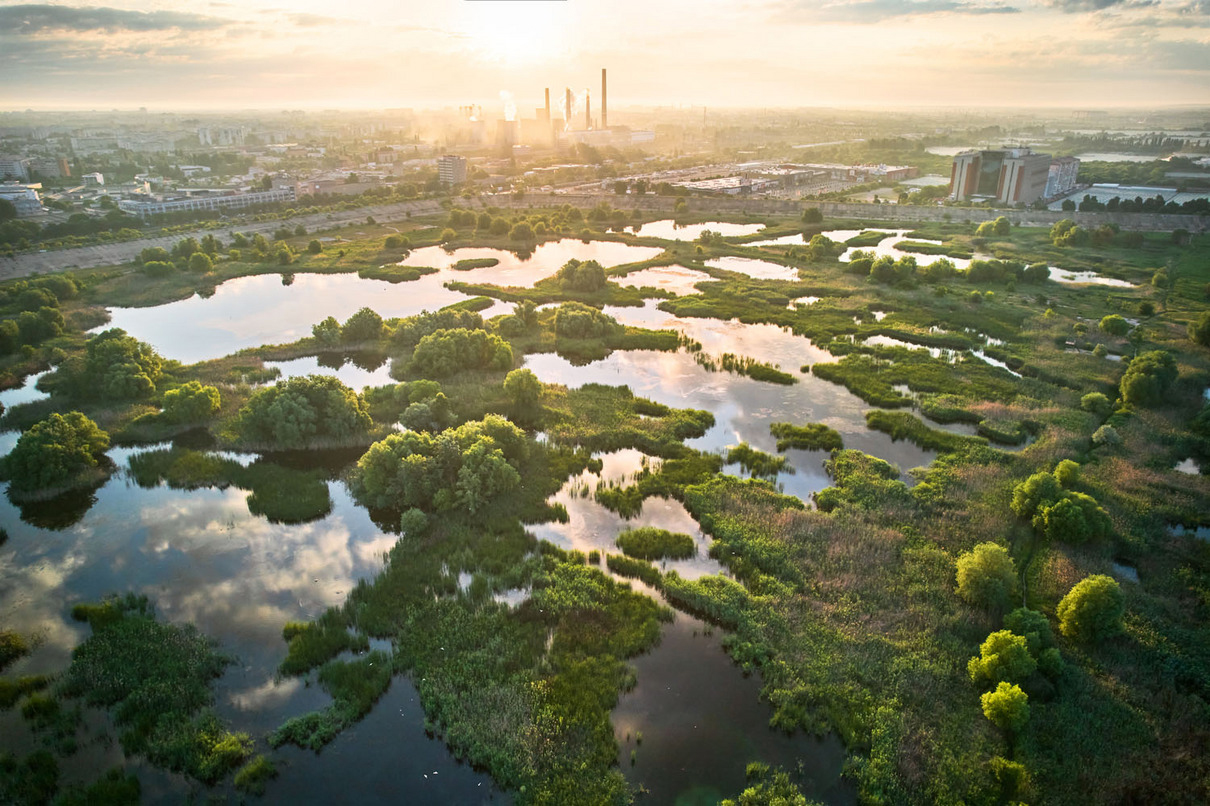
The green heart of Bucharest by Zoltan Gergely Nagy (RO)
Tech details: DJI Air 2S, ISO 100
This aerial shot highlights nature’s resilience and demonstrates how rewilding can transform cities, reshaping the relationship between urban residents and the recovering nature on their doorstep.
Highly commended
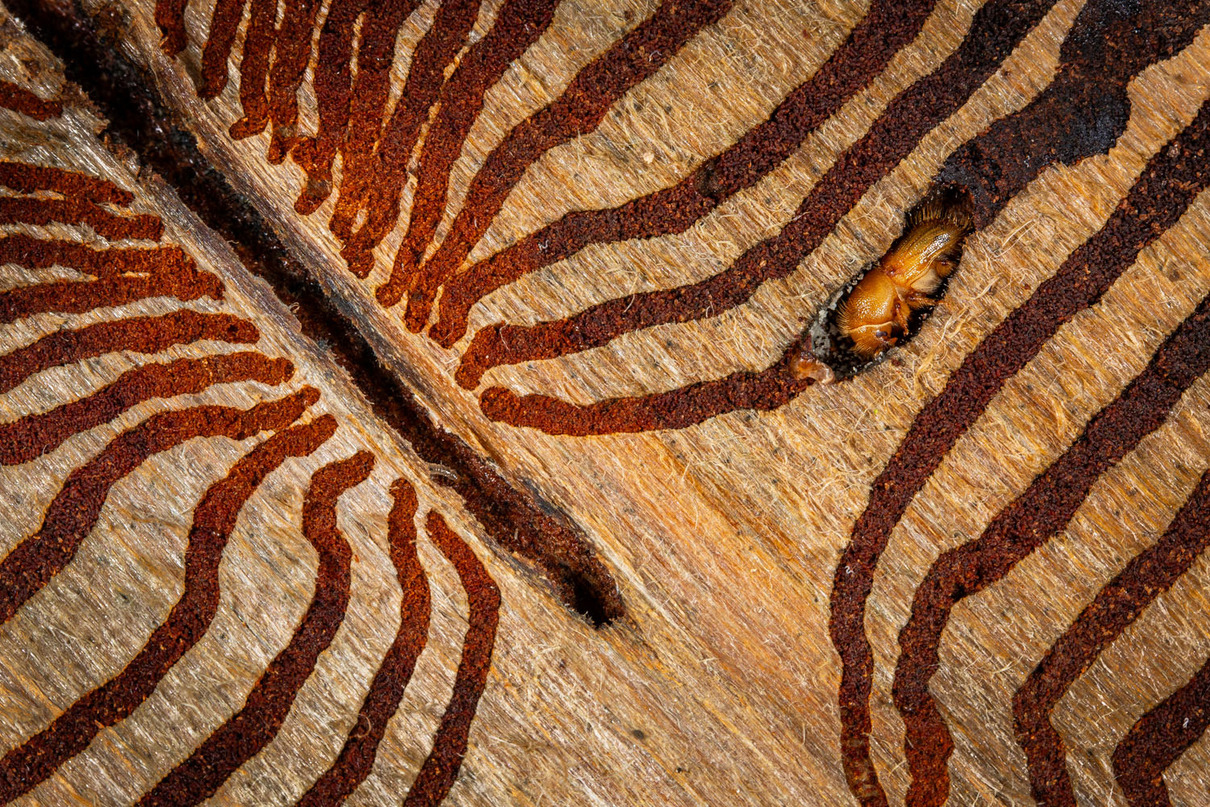
Small beetle – big impact by Jonathan Fieber (DE, GDT)
Tech details: Canon EOS 5D Mark III + Canon EF 100mm f/2.8LMacro, f/2.8, ISO800, flash
A single bark beetle (Ips typographus) poses little threat, but millions can devastate forests. Species-poor monocultures are especially vulnerable.
Highly commended
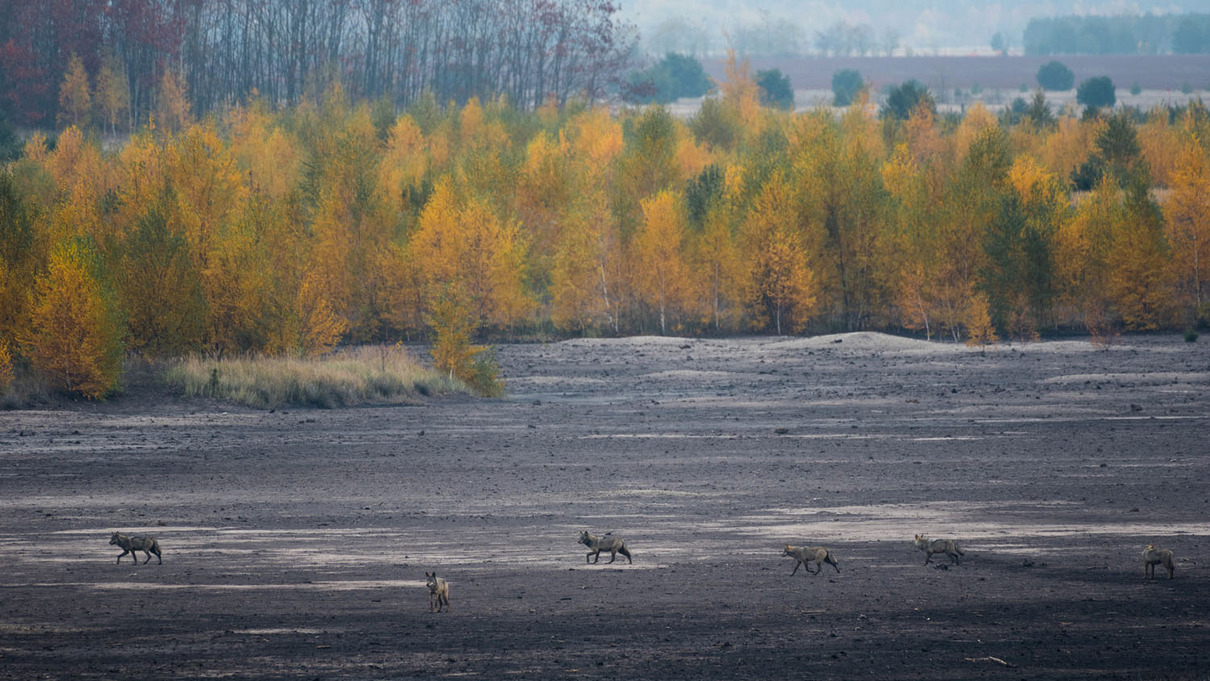
In the pack by Christian-D Morawitz (DE, GDT)
Tech details: Nikon D750 +200-500mm + 1.4x teleconverter, f/5.6, ISO360, tripod
Decades of brown coal mining have left behind dramatically scarred landscapes in many parts of eastern Germany. Yet in several of these former opencast mines, large-scale restoration and nature conservation projects are allowing nature to reclaim the land.
Highly commended
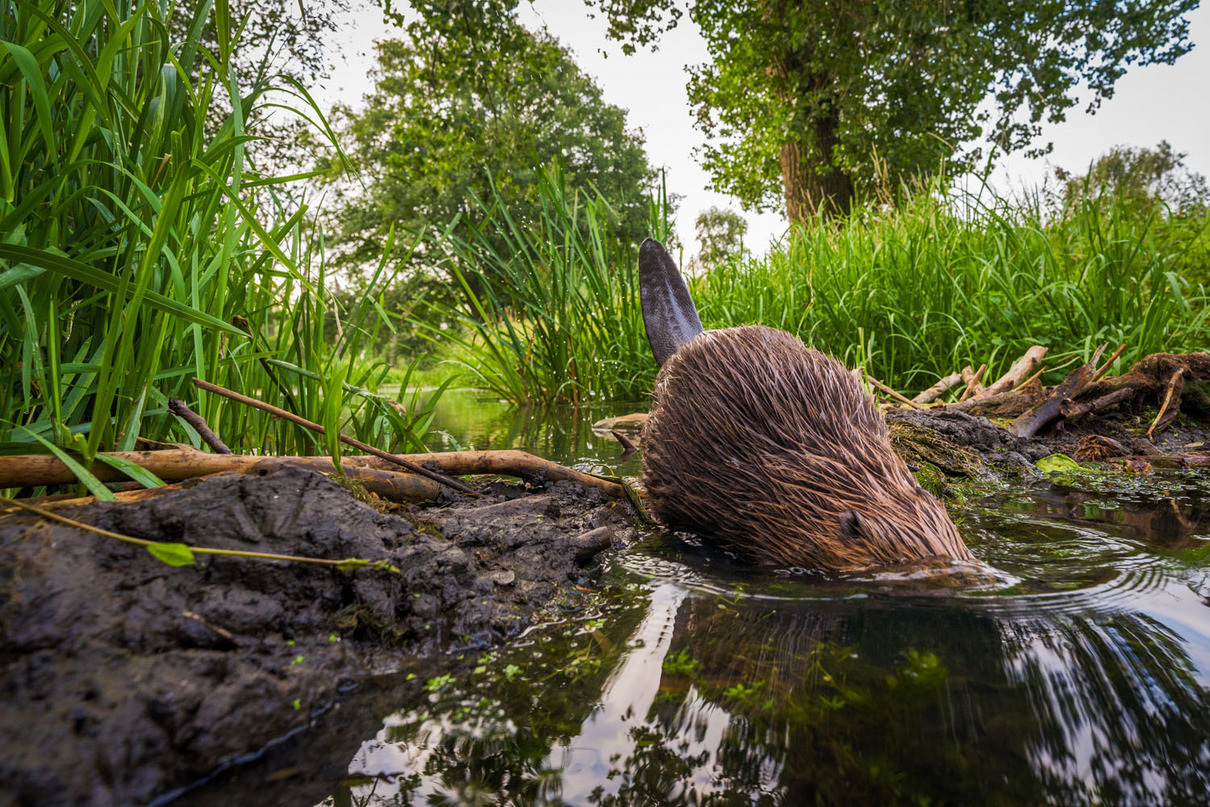
A landscape architect dives deep by Marijn Heuts (NL)
Tech details: Sony A7 III + 16-35mm, f/2.8, ISO2500, tripod, wireless trigger
Eurasian beavers prefer one-meter-deep water for lodge access. When levels drop, they build dams, creating wetlands rich in life but sometimes causing floods – manageable through proactive wildlife strategies benefiting both beavers and humans.
Author: Kim Bunermann
Source: DigitalCameraWorld
Reviewed By: Editorial Team



